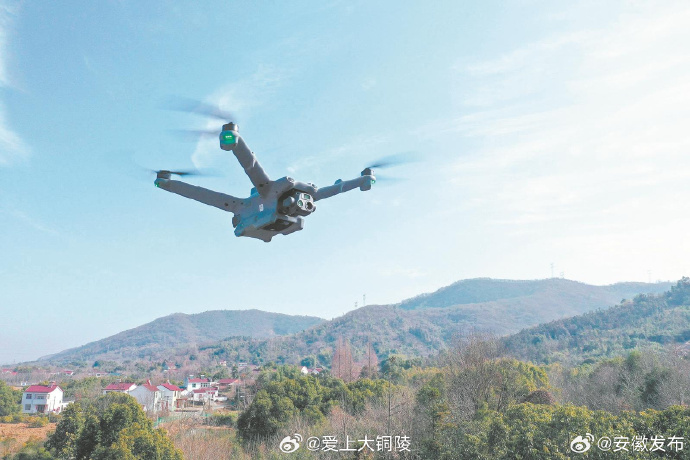What Are Drone Bees?
Drone bees are the male members of a bee colony, distinguishable by their larger bodies and bigger eyes. Typically, they constitute a small percentage of the hive’s population. One notable characteristic of drone bees is that they do not possess stingers, unlike their female counterparts. Their primary function in the colony is reproduction—they are essential for mating with queen bees and ensuring the continuity of genetic diversity within the species.
The Mating Process

During the mating season, drone bees embark on a remarkable journey. They leave the hive in pursuit of queen bees, which involves congregating at specific zones known as drone congregation areas. This process is crucial as it allows the queen bee to mate with multiple drones, thus, fostering genetic variation and robust offspring. A single queen may mate with several dozen drones, and only the fastest, strongest drones succeed in this reproductive race.
Life Cycle and Survival
Drone bees possess a relatively short life span compared to other members of the colony. After fulfilling their mating duties, they are often expelled from the hive as they no longer contribute to its maintenance and overall productivity. This happens because drones do not participate in tasks like foraging, nectar collecting, or hive defense which are essential for the hive’s survival during non-mating periods. Their expulsion is a natural process that ensures the hive’s resources are wisely utilized by productive members.
Impact on Hive Dynamics
The presence and activities of drone bees have a significant impact on hive dynamics. While they may not directly contribute to gathering resources or defending the hive, their reproductive role is critical for sustaining future generations. Their existence ensures genetic diversity which is vital for the colony’s adaptability to environmental changes and challenges. Understanding drone bees’ role emphasizes why beekeepers must monitor hive populations and health carefully, ensuring that drones have ample opportunity to contribute their part during mating seasons.
Common Misconceptions
A common misconception about drone bees is that they are lazy or inefficient due to their non-involvement in conventional hive tasks. However, their reproductive function is a crucial piece in the puzzle of a hive’s lifecycle. Dispelling such myths highlights the importance of every bee’s role in nature’s intricate design.
Frequently Asked Questions
Q1: Why don’t drone bees participate in typical hive tasks?
A1: Drone bees are primarily focused on reproduction, and their contribution is vital for the colony’s genetic diversity. Their physical structure and lack of a stinger make them unsuitable for tasks like gathering pollen or defending the hive.
Q2: What happens to drone bees after mating?
A2: Once drone bees fulfill their reproductive role, they often face expulsion from the hive since their contribution to colony maintenance becomes negligible. This allows resources to be conserved for worker bees who support hive activities.
Q3: Can the number of drones affect the health of a bee colony?
A3: Yes, the number of drones can influence the genetic diversity and adaptability of the colony. A healthy balance of drone and worker bees is essential for the hive’s resilience against various environmental pressures.